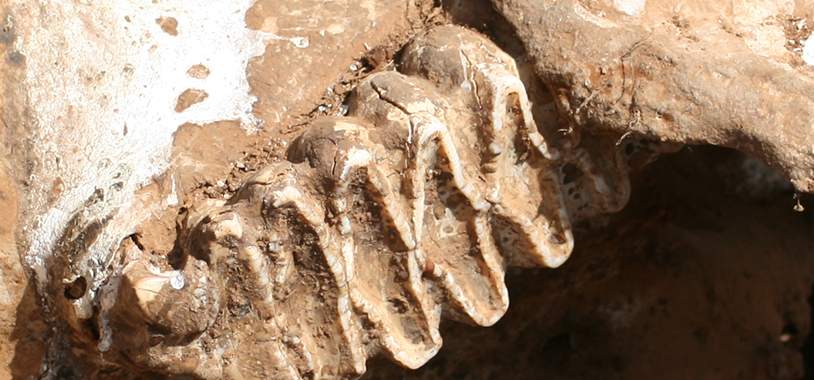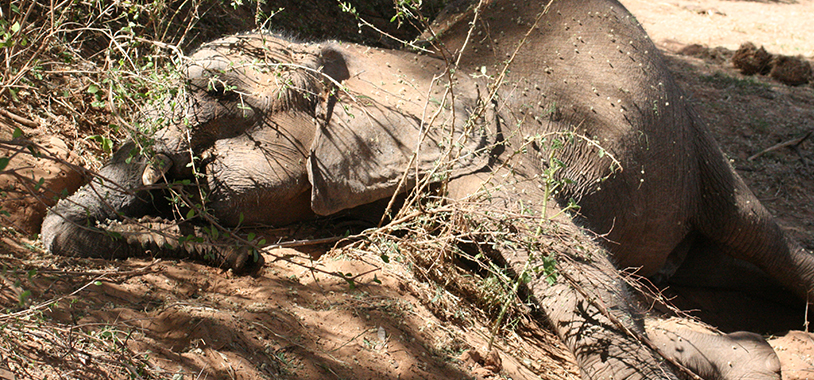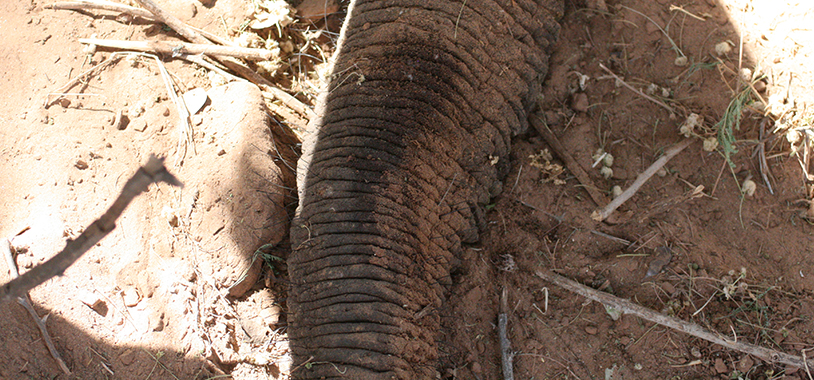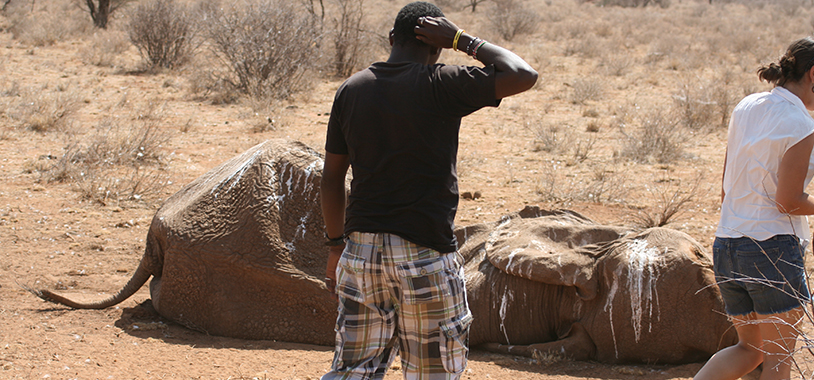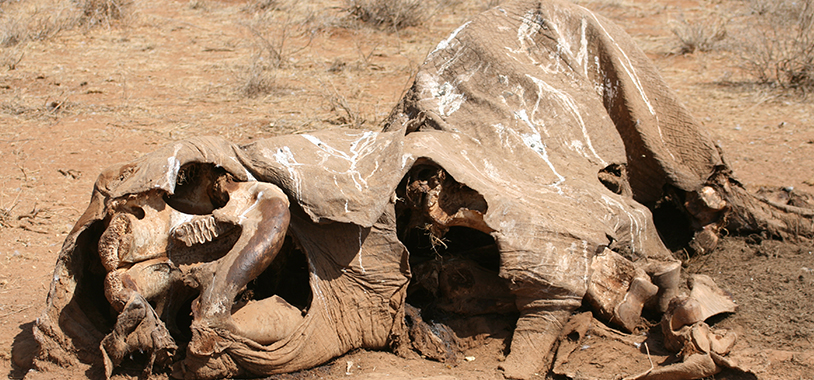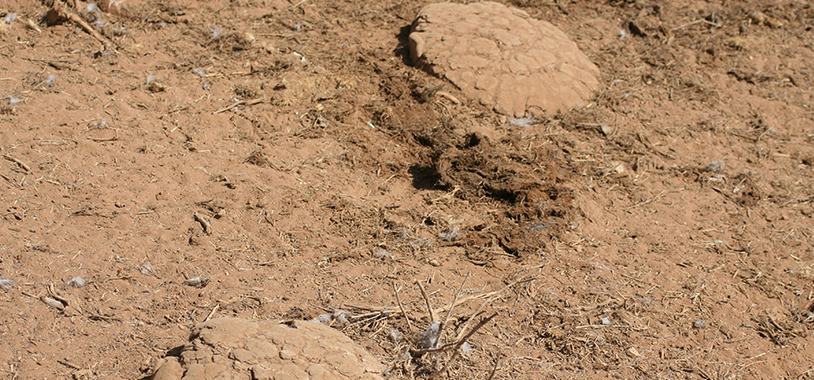“That’s nature, Jen. It’s supposed to happen that way sometimes.” These words from my father still echo in my mind, as I heard them many times. While playing outside, I would find an injured mouse, a baby bird fallen from its nest, a barely breathing rabbit chewed by a carnivore, and do everything I could to rescue them. These animals always inevitably died, and I would deflate like a popped balloon, holding back tears. But I would learn to accept death as a part of life, a necessary reality of nature that we cannot escape. And when death occurs naturally, it nourishes the balance of a healthy ecosystem.
Elephants, just like everything else, meet natural causes of death. In the absence of poachers, who cause massive die-outs that severely disrupt population dynamics and rob ecosystems of the many – and disproportionately large – benefits that they bring, elephants commonly die of old age when they wear out their last set of teeth. Elephant teeth work in a conveyor belt-like system. They cycle through about six sets of teeth in their lifetime. New teeth grow in the back of the jaw, and move forward to displace the old ones. Somewhere around the age of 65, elephants wear out their final set of teeth, and die of malnutrition. Younger elephants periodically succumb to different natural causes of death, such as dehydration or starvation due to drought, septicemia due to injuries, diseases like tuberculosis, or (rarely) from lion predation or snakebite.
It is never easy to find a dead study subject. Scientists who spend considerable time with animal subjects are being dishonest with themselves if they claim to remain detached. We enter into the lives of these animals, cueing into their behavior on a daily basis, and come to know them as individuals with unique personalities, part of a larger family group (in the case of elephants) that knows and looks after them. We found a young elephant, around 6 years old, dead on the riverbank a week ago. We have yet to identify him, and presume he is from a sporadics family that was just passing through. Upon first inspection, there was no obvious cause of the little guy’s death. The carcass was extremely fresh, and even in death appeared generally healthy – it was odd looking at that perfect little frame, as though someone had just come up and sucked the life out of him. It was one of the Samburu men who had alerted us to the carcass who saw the muddied blood toward the end of the calf’s trunk. He pointed out two subtle holes white with puss. The young male had been bitten by a snake. I imagine he reached his trunk up to get some food, and knocked against a tree-dwelling venomous snake, who was startled into biting him. Once we had finished taking data and inspecting him, I reached down to touch his little feet, the end of his trunk, feel the thinness of his ears. It felt irreverent not to tell him I was sorry for what happened, so I did. His eyes were still so fresh, rimmed by the long lashes that elephants boast. I forgot myself and my supposed place as a decided scientist, wishing for some flowers to lie on him, or something. Instead we just thanked the Samburu men and turned to leave, GPS point and cause of death in hand, unvoiced existential questions awakened yet again in mind.
We found Butterfly, matriarch of the Butterflies family, dead as well around a month ago. We presume she died of drought, as no other cause of death was apparent, and she was not old enough at 49 for her teeth to be worn. A week later we checked on her carcass. It smelled positively rancid, but it was clear it had been providing food. She was covered in vulture feces, and likely eaten away at by hyenas. Intriguingly, the bottoms of her feet were left untouched. Perhaps they were too callous-ridden to be tasty, although it seems to me a hyena should be fine chewing through them (apparently not the case). Butterfly’s carcass again awakened some sort of respect in me. When such a large life form ceases to breathe, it seems odd, and feels like something is missing. Whatever defines life is missing – but then, death is part of the definition of life, so in reality life is not missing, but rather being fulfilled. And the energy of that fulfillment is passed on to other creatures. It is actually quite beautiful.
Dad was right – death is supposed to happen sometimes. Death in itself, although it can be heart wrenching, is not something to fear or deny. It is unconscionable acts that bring about needless, wasteful death and cause individuals – and entire ecosystems – to suffer that should be dreaded and fought. It is a great honor and privilege to be working with an organization that guards the integrity of the life of these elephants, in hopes that they might reach the natural, nourishing death that they deserve.


